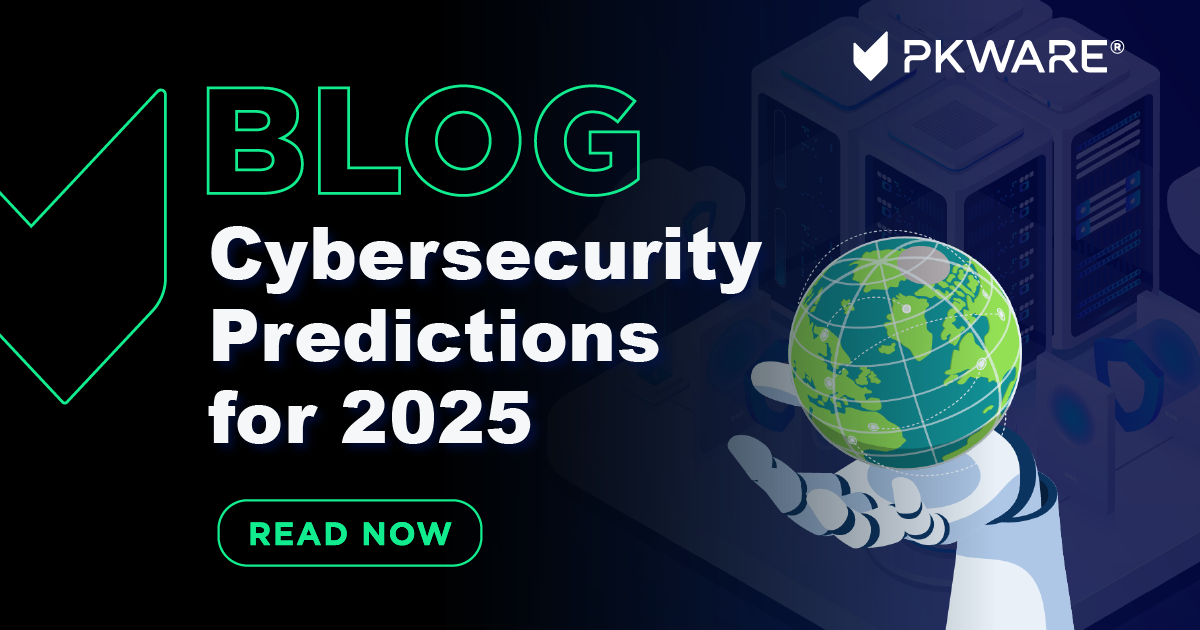Mitigate the growing threat of cyber attacks in today's digital world.
Mitigate the growing threat of cyber attacks in today's digital world.
Blog Article
Top Cybersecurity Forecasts for 2024: Remain Ahead of Emerging Dangers
As we come close to 2024, the cybersecurity landscape is poised for considerable transformation, driven by arising hazards that organizations need to not only anticipate however also strategically address. The rise of AI-driven cyberattacks, coupled with increasingly innovative ransomware tactics, highlights the immediate demand for advanced defenses. Furthermore, the growing variety of IoT devices presents new vulnerabilities that can be exploited. With regulative changes imminent and an important focus on cybersecurity training, it is critical for companies to reassess their techniques to remain resilient. Exactly how ready are you to browse these advancing challenges?
Increase of AI-Driven Assaults
As organizations progressively embrace artificial knowledge modern technologies, the capacity for AI-driven attacks is becoming a critical issue in cybersecurity. Cybercriminals are leveraging AI to improve the class and efficiency of their strikes, developing a landscape where conventional safety steps might fail. These attacks can exploit machine knowing algorithms to determine susceptabilities in systems and networks, resulting in much more targeted and destructive breaches.
AI can automate the reconnaissance stage of an attack, enabling opponents to collect huge quantities of information promptly (cyber attacks). This capability not just reduces the time called for to introduce a strike yet likewise increases its accuracy, making it harder for protectors to anticipate and mitigate dangers. Furthermore, AI can be used to develop convincing phishing schemes, create deepfake material, or adjust information, further making complex the cybersecurity landscape
Organizations should focus on the combination of AI-driven cybersecurity solutions to respond to these emerging hazards. By utilizing innovative risk discovery systems, organizations can boost their capability to determine and reduce the effects of AI-generated strikes in real time. Continual investment in training and understanding programs is additionally vital, as it gears up staff members to recognize and respond to potential AI-driven threats efficiently.
Boosted Ransomware Refinement
The increase of AI-driven attacks is not the only fad improving the cybersecurity landscape; ransomware attacks have likewise progressed, coming to be significantly sophisticated and targeted. As cybercriminals refine their techniques, organizations deal with increased threats that call for flexible approaches to minimize possible damages.
Modern ransomware threats now leverage progressed strategies, such as dual extortion, where enemies not just secure information yet likewise intimidate to leakage delicate info if their demands are not met. This adds an additional layer of pressure on victims, frequently compelling them to pay ransoms to protect their reputations and consumer trust fund.
In addition, using automated devices and artificial intelligence algorithms by perpetrators has structured the strike process, enabling them to identify susceptabilities a lot more effectively and customize their tactics versus certain targets. Such advancements have led to an alarming rise of strikes on vital infrastructure, medical care systems, and supply chains, stressing the requirement for robust cybersecurity frameworks that prioritize real-time risk discovery and action.
To counter these evolving hazards, web organizations must spend in detailed training, advanced security modern technologies, and event action prepares that incorporate lessons found out from past ransomware cases, ensuring they stay one step in advance of increasingly complicated attacks.
Growth of IoT Susceptabilities
With the rapid development of the Internet of Points (IoT), vulnerabilities connected with these interconnected devices have come to be a critical worry for organizations and people alike. The proliferation of wise devices, from home devices to commercial sensors, has developed an expansive assault surface for cybercriminals. Numerous IoT tools are released with minimal protection protocols, commonly using default passwords or out-of-date firmware, making them vulnerable to exploitation.
As gadgets end up being interconnected, the potential for massive attacks increases. Jeopardized IoT tools can serve as access points for assailants to infiltrate more protected networks or launch Dispersed Rejection of Solution (DDoS) attacks. The absence of standardization in IoT security measures further intensifies these vulnerabilities, as varying makers carry out varying degrees of safety
Additionally, the boosting elegance of malware targeting IoT gadgets positions significant threats. Risk actors are continuously creating new techniques to exploit these weaknesses, causing potential information violations and unapproved access to sensitive information. As we relocate right into 2024, organizations must focus on IoT protection, carrying out robust measures to guard their networks and alleviate the dangers connected with this swiftly expanding landscape.
Regulative Changes Influencing Safety

In 2024, we expect to see a lot more stringent compliance needs for companies, especially those that manufacture or deploy IoT tools. The introduction of policies such as the European Union's Cyber Strength Act and updates to existing frameworks like the NIST Cybersecurity Framework will certainly emphasize safety deliberately. Organizations will be mandated to apply robust safety and security actions from the initial phases of item development, guaranteeing an aggressive stance versus prospective susceptabilities.
Moreover, regulatory bodies are likely to enforce substantial fines for non-compliance, engaging businesses to prioritize cybersecurity investments. This change will certainly not just boost the total safety and security pose of companies yet will certainly additionally foster a culture of accountability in safeguarding individual data. As guidelines tighten up, the obligation will significantly fall on firms to show conformity look what i found and guard versus the ever-evolving threats in the digital landscape.
Focus on Cybersecurity Training
Organizations' dedication to cybersecurity training is coming to be progressively important as risks develop and attack vectors multiply. With cybercriminals continually developing sophisticated methods, it is vital for staff members at all levels to understand the dangers and recognize their function in reducing them. Comprehensive training programs equip personnel with the expertise and abilities required to identify possible risks, such as phishing attacks, social engineering strategies, and malware.
Furthermore, a society of cybersecurity awareness fosters watchfulness among workers, decreasing the probability of human error, which stays a considerable susceptability in numerous companies. Consistently upgraded training components that show the most up to date dangers will make certain that staff stay informed and with the ability of responding properly.


In 2024, companies will likely prioritize ongoing education and simulation exercises, making it possible for staff members to exercise their action to real-world situations. Cooperation with cybersecurity experts for tailored training options may additionally end up being a lot more commonplace. Ultimately, spending in employee training not just strengthens a company's defense stance yet additionally cultivates an aggressive strategy to cybersecurity, strengthening the notion that protection is a shared responsibility throughout the enterprise.
Conclusion
In conclusion, the cybersecurity landscape in 2024 will certainly be formed by the surge of AI-driven assaults, increasingly advanced ransomware tactics, and the growth of susceptabilities connected with IoT tools. A strong focus on comprehensive cybersecurity training will be essential in cultivating a business society resilient to arising hazards.
Report this page